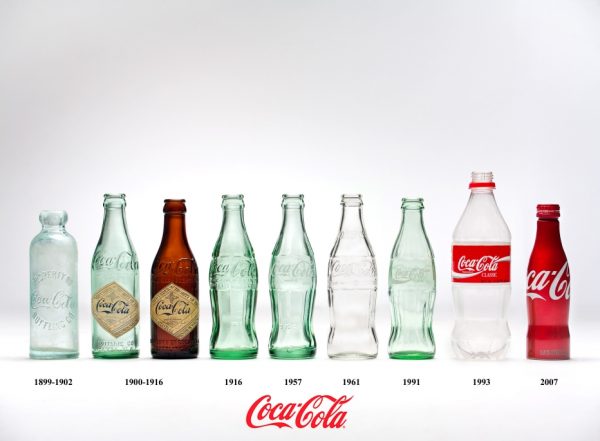A brand building process is quite a time consuming endeavor; not to mention that it is a quite an uncertain procedure as well. One should always count on the fact that even the most solid public image can get tainted, or simply become outdated. From time to time, a bit of rebranding is always in order if you want to stay relevant on the market (proof of point: The Evolution of the Coca-Cola Bottle).

When dealing with a faltering brand, the first thing that you have to do is take a step back and develop a smart rebranding strategy. Altering the perception of your brand image will help you in reclaiming your position on the market, and even in gaining an edge over your competition. It is extremely important to understand both the value and the complexity of this process; and please note that this sort of an undertaking, when executed diligently, usually includes a profound business transition as well.
A Whole New Ballgame
The first item on your checklist should be defining of the extent needed for a successful rebranding. A partial rebrand is in order when the company’s image is firmly established, but needs an update. This particular type of this process is well recommended when you are introducing new products to your market, when you are entering completely new markets, or when there are new and defining industry trends emerging.
The trick is to build new layers upon solid foundations that you’ve already established, and enrich the business persona with somewhat subtle alterations. A full-blown (total) rebrand, on the other hand, is advised when you are failing in shaping a recognizable brand. The same is advised in the occurrence of a scandal that proved to be harmful for business. In this instance, one must engage in a complete replacement of the visual representation and the brand’s message.
Integral Approach
In both scenarios, it is mandatory to take caution, plan the entire process, and come up with a sound strategy divided into monthly, and even weekly milestones. A dedicated, brand-planning team comprised of trusted employees is also needed for the proper execution of this task. Never forget to ask for a feedback! Listen to your employees and to your customers, and tailor your brand to the real consumer needs.
Educating the workers about the upcoming changes is also essential, as they must endorse and support the new brand. This is the tactic that will help you in maintaining integrity while undergoing a dynamic transformation, and it will also ensure that your customers are not left in the dark.
The Change Runs Deep
The changes will also affect the internal organization of your business, and its operational capacities. Once the initial enthusiasm fades, it is the institutionalization that ensures the carrying out of new measures and practices. This is how businesses evolve. The rules of the game change as the customers are acquiring new needs.
Innovative forms of communication and various media tools are flooding the market, and one must avoid ending up underwater at all costs. It is not easy to articulate an offer and promote it when there are so many moving parts. That is why rebranding processes must take on unification of messages, clarification of customer perception, and making the organizational foundations capable of encompassing the extensive modifications.
The Art of the Visual
An integral part of the rebranding strategy is, of course, the rethinking of the visual identity, and giving all of its elements a makeover. Replacing the logo is the most common move when going for a total rebranding, but one should not stop at that point. It should also include everything from banners and web design, to promotional products, and even branded gift cards from Gift Card Store. Consistency is always the key of a successful rebranding process.
Pay attention to the trends that are on the roll today: Interactive content, responsive design, moving images, viral videos, social media engagement, etc. Bear in mind that a face-lift of your company must be aligned with core values and projected directions of growth and expansion, as well as marketing efforts and your tone of voice.
A Brand New Identity
Depending on the specific factors that influenced your decision to rebrand, you might have to do the visual overhaul, alter daily operations, adjust to the new business model, develop new services, or uncover a completely new persona. Sounds like a lot of work doesn’t it? Well, better get to it.

